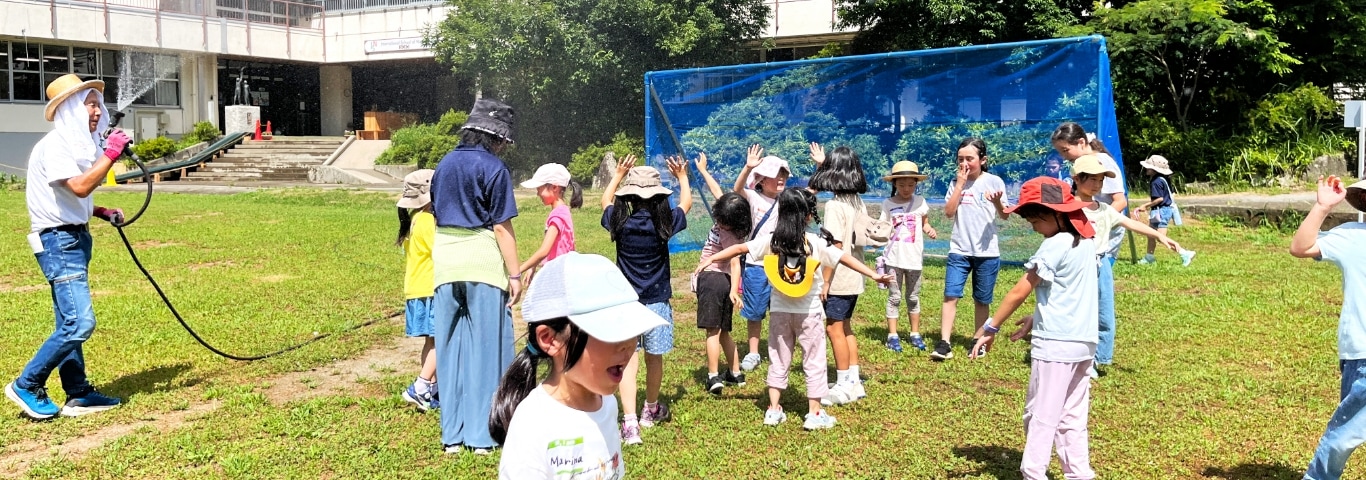2018年6月11日、Ministry of Economic Affairs and Employmentの元で活動するフィンランドの政府機関Business Finland、Japan-Finland Gatawayのプログラムディレクター、Mr Kimmo Ojuvaに会うことが出来ました。先日のFinland Institute のチームの一員の上司にあたり、普段はヘルシンキの事務所にいます。
私の興味は…
- It is not unusual to speak 5 or 6 languages fluently in Finland, as multilingual acquisition is encouraged. フィンランドでは5,6か国語話す人は珍しくない。
- Phenomenon-based-learning (PBL), as is now being focused on in Finland, like IB, is a multidisciplinary, holistic approach to learning. 社会で起きている事から学びが膨らむ学び方は、IBに通じるところがあり、それが国のカリキュラムの根本になっている。
そこで、果たしてフィンランドの教育方法は、(英語も日本語も基礎、応用力が付き始めている)日本の小中学生にどう影響を与えるか?という研究をしてみたい提案です。
”Have you thought to make this as a joint project/research study with any of the Finnish universities? I think they would get really interested in this case.” フィンランドの大学とコラボは考えてみた?興味持ってくれるはず。
” I can help you in getting your idea up and running and will do my best to help you.” アイディアをかたちにして、稼働するように、手伝うよ。
という返事をいただきました。
興味を持ってくれるであろうフィンランドの大学ににとって、ISNがどれだけ特別かというアピールをMr Kimmoにしました。
- 松本市教育委員会のおかげで、ISNの 2-15歳の生徒は、一条校でないISNに”負無く”通う校が出来る。そのためISNの生徒は英語はもちろん、日本語での探求の学びにより、生徒自身が学びの舵を取りながら成長することが出来ている。また一条校でないことで、定められたカリキュラムに拘束されていないこと、最大の自由とフレキシビリティーがある。(そのため、多角面に研究がしやすい)
- 歴史ある、世界に誇る山々の自然に囲まれた、子供達の生活に理想的な場所であること
- 転勤の外国人生徒が占める他のインターナショナルスクールと異なり、ISNの生徒はほとんどが地元の日本人、デュアルナショナリティー、もしくは外国人
- 生徒数が、毎年数十人ずつ増えている事
- 地方都市の経済状況に合わせ、学費をとても低く設定している事
- 上記の内容を含め、保護者の方々はISNがとても特別な存在であること、そして自分たち一人一人が、理想的な学びの「開拓者チーム」であることを認識している(そのため、とてもまとまっている)
the number of students are constantly increasing. We expect it to be about 210 students in 2019 school year.
our tuition is set very low compere to other international schools to meet the local market
さあ、どうなるでしょうか ☺️
************************************************
On June 11, 2018, I met with Mr. Kimmo Ojuva, who is the director of Business Finland、Japan-Finland Gataway, a development program supported by the Finnish government and the Ministry of Economic Affairs and Employment of Finland. He is the head of the work group I met with the other day and usually works from his office in Helsinki.
Some of my interests were:
- It is not unusual to speak 5 or 6 languages fluently in Finland, as multilingual acquisition is encouraged.
- Phenomenon-based-learning (PBL), as is now being focused on in Finland, like IB, is a multidisciplinary, holistic approach to learning.
My question was, how does using Finland’s educational methods affect Japanese elementary and middle school students (with them starting to apply both Japanese and English language).
“Have you thought to make this as a joint project / research study with any of the Finnish universities? I think they would really interested in this case.”
“I can help you in idea up and running and will my best to help you”, he replied.
I talked to Mr. Kimmo about ISN as well, making a case about the students possibly going to Finnish universities.
- Thanks to the Matsumoto City Board of Education, the 2 to 15 year old students of ISN actually have two schools. This makes them able to grow bystudying in both Japanese and in English. Also, because ISN is not a singular school, the curriculum is not prescribed and therefore limited, which offers maximum freedom and flexibility of learning.
- ISN is also an ideal place for the children growing up, surrounded by beautiful nature, mountains and history.
- Unlike other international schools that foreign transfer students transfer to, ISN students are mostly local Japanese or of dual nationalities.
- The number of students is increasing steadily each year.
- The tuition fee is set accordingly to the economic situation of the Nagano region.
- Parents, too, are aware that ISN is special and that each one of them, along with the teachers and supporters, forms a team dedicated to the benefit and learning of the children.
Well, let’s see what the future brings. ☺️

